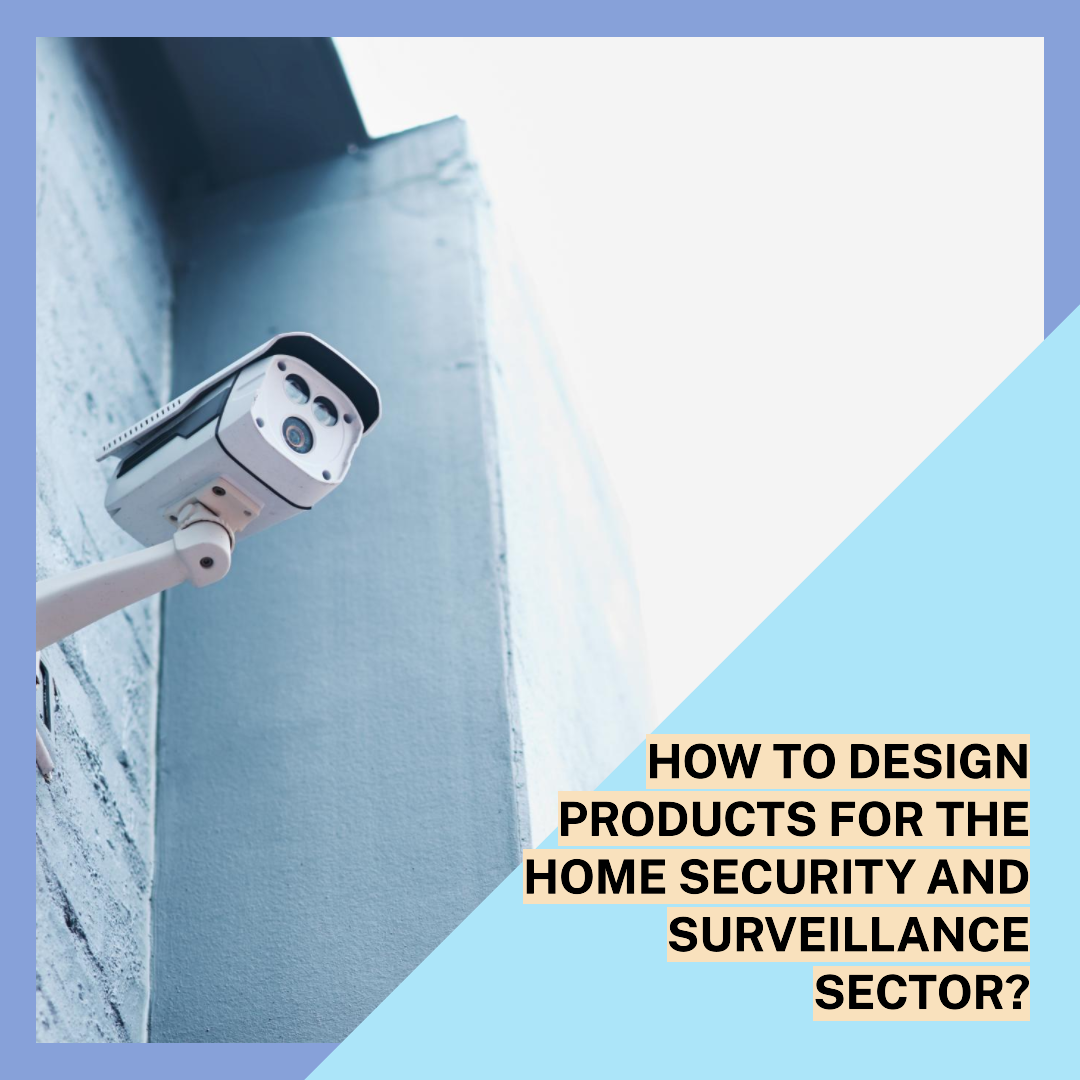How to design products for the home automation and smart home industry?
The home automation and smart home industry is one of the fastest-growing industries in the world. As we transition to a more connected and automated future, there is a growing demand for innovative products that can help us make our homes more comfortable, convenient, and secure.
Designing products for the home automation and smart home industry requires a deep understanding of the unique needs and opportunities of this sector. Home automation and smart home products must be easy to use, reliable, and secure. They must also be compatible with a wide range of other smart home devices and ecosystems.
In this blog article, we will explore the key principles of product design for the home automation and smart home industry. We will also discuss some of the best practices for designing products for different types of home automation and smart home applications.
Key principles of product design for the home automation and smart home industry
Here are some of the key principles of product design for the home automation and smart home industry:
- Focus on the user experience. When designing a home automation or smart home product, it is important to focus on the user experience. What are the needs and goals of your target users? How can you make their lives easier and more convenient with your product?
- Design for accessibility. Home automation and smart home products should be accessible to people of all ages and abilities. This means considering factors such as ease of use, voice control, and compatibility with assistive devices.
- Make the product reliable and secure. Home automation and smart home products need to be reliable and secure. This means designing products that are resistant to hacking and other security threats. It also means designing products that can continue to function even if the internet goes down.
- Ensure compatibility with other smart home devices and ecosystems. Home automation and smart home products should be compatible with a wide range of other smart home devices and ecosystems. This will allow users to build a truly integrated smart home system.
- Consider the cost of the product. Home automation and smart home products can be expensive. When designing a product, it is important to consider the cost and make it affordable for a wide range of consumers.
Best practices for designing products for different types of home automation and smart home applications
Here are some best practices for designing products for different types of home automation and smart home applications:
- Smart lighting: Smart lighting products should be easy to install and use. They should also be compatible with a variety of smart home ecosystems.
- Smart thermostats: Smart thermostats should be easy to program and use. They should also be able to learn the user’s heating and cooling habits and adjust the temperature accordingly.
- Smart home security systems: Smart home security systems should be easy to install and use. They should also be able to detect and deter intruders.
- Smart doorbells and locks: Smart doorbells and locks should be easy to install and use. They should also be able to identify and authenticate visitors.
- Smart home assistants: Smart home assistants should be able to understand and respond to natural language commands. They should also be able to control a wide range of smart home devices.
Opens in a new windowchevron_right
Smart home security systems
Additional tips for designing products for the home automation and smart home industry
Here are some additional tips for designing products for the home automation and smart home industry:
- Use open standards. Open standards allow different smart home devices and ecosystems to communicate with each other. This makes it easier for users to build a truly integrated smart home system.
- Partner with other smart home companies. Partnering with other smart home companies can help you to make your product more compatible with other smart home devices and ecosystems. It can also help you to reach a wider audience.
- Invest in security research. Security is a top priority for home automation and smart home users. Invest in security research to ensure that your product is resistant to hacking and other security threats.
- Get feedback from users early and often. Get feedback from users early and often in the design process. This will help you to identify and address any potential problems before the product is released to market.
Conclusion
Designing products for the home automation and smart home industry can be challenging, but it is also rewarding. By following the key principles and best practices discussed in this blog article, you can create products that help people make their homes more comfortable, convenient, and secure.








